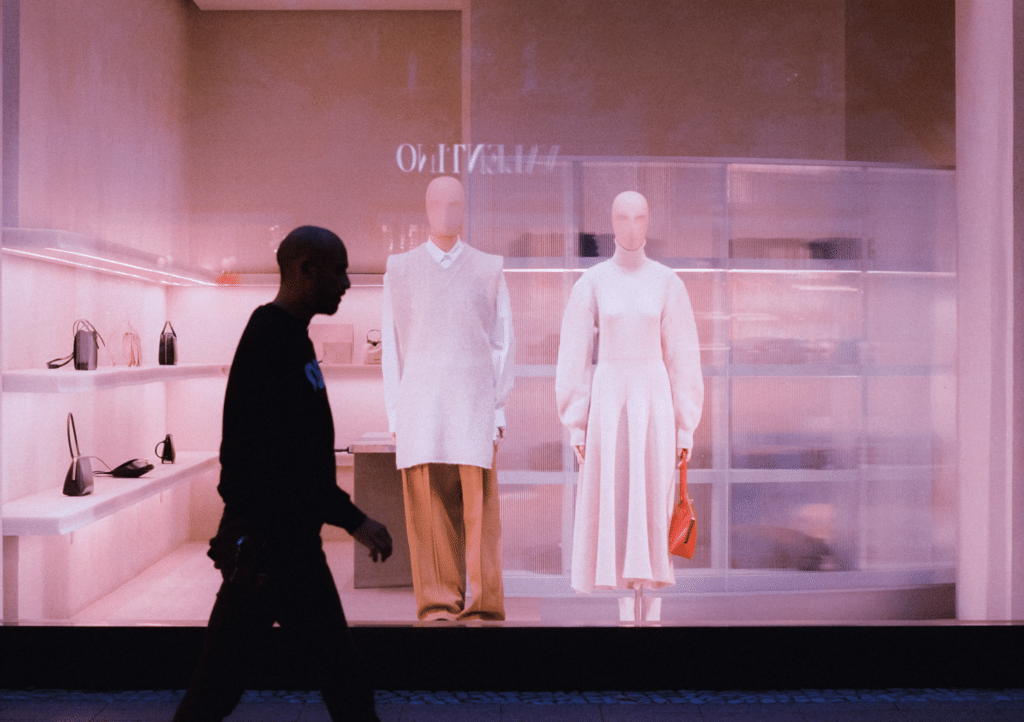Although widespread discussion would make it seem like the “metaverse” is a fully formed experience that is ready for use by anyone (and any brands) at any time, that is not necessarily the case. In fact, the burgeoning combination of virtual reality, augmented reality, video, social media, and the web that is being coined as the metaverse is still notably far from fully coming into fruition. Nonetheless, the migration of activity from the physical world to online spaces has been going on for decades, and aspects of the so-called metaverse have been around for a long time.
Second Life, a virtual environment launched in 2003 by San Francisco-based Linden Lab, for instance, is still touted by users as the largest and most successful 3D virtual world created. More recently, online multiplayer games, such as World of Warcraft, Fortnite, and Roblox, allow users to move through complex imaginary landscapes (i.e., metaverses), create their own characters, and engage with other users. Movies like “Ready Player One” have envisioned what the metaverse might look like, and enhanced reality experiences – which “mix” the real world with digital overlays, such as Pokémon Go – are readily available.
Advances in virtual reality and computer technology, and the appetite being demonstrated by brands across the board, the latest version of a collaborative VR experience is likely to continue evolving, and we may look back at 2022 with respect to the metaverse in the same way we currently look back to 1994 as the early days of the Internet and.
Old Rights in a New Space
With the metaverse captivating users’ attention by offering new, immense, unimagined scenarios just waiting to be exploited to their full potential by platforms and brands, the legal issues that are likely to arise in the metaverse have probably arisen before – either in similar contexts (like Second Life and video games), or for similar purposes (marketing, promotion, and publicity). For that reason, most issues that brand owners face are likely ones they have faced already – albeit in different contexts.
Not unlike what happened with the rise of the Internet, it is worth pondering whether ad hoc rules are really needed, or whether existing provisions could (or should) apply, irrespective of the advances in technological environment in which legally-relevant conduct may take place.
One of the things that makes the idea of metaverse so attractive is that it removes many of the barriers to real-world interaction, such as venue capacity, production volume limitations (particularly for exclusivity-focused luxury entities), distance, and the difficulty of travel. That also makes it an attractive space for brands to work with the personalities that attract consumer engagement. However, any time that brands work with real people in advertising, marketing or promotion, there are certain issues that must be addressed, including the rules around promotion and the need to obtain permissions to use an individual’s likeness.
When it comes to image rights, it could be said the medium is not the message: what is protected is the resulting portrayal or act of using an individual’s personal features – no matter which or how, insofar as the use of those features allows for identification of the individual. It is not difficult to imagine issues arising on this front if influencers’ avatars were used to promote fashion collections, if top models’ incarnations were used in virtual fashion shows, or if celebrity actors were featured in movie clips enacted in the metaverse.
The ability of an individual to control the use of his/her likeness – which is more than simply how they look – often falls within the realm of the right of publicity. This right is what allows anyone, celebrity or not, to control how their persona is used in the commercial sphere. The elements of likeness or persona include someone’s name (including nicknames or professional names), voice, signature, photograph, or physical appearance, but are not limited to those traits alone.
While right of publicity claims are largely based on common-law theories and/or on state laws, plaintiffs may also rely on false association through the Lanham Act or unfair competition claims in disputes about the unauthorized use of their likeness. These disputes typically occur when a third party uses an element of someone’s likeness in a commercially focused way, most often to promote products or services. Accused parties sometimes defend these claims by arguing that the uses amount to expressions protected by the First Amendment to the U.S. Constitution, which provides protection for expressive and artistic works.
Video games have been held to be expressive works under the First Amendment, but U.S. courts recognise that there is a tension between the rights of individuals to control the commercial exploitation of their likenesses and the right of free expression. However, as a collaborative activity with a heavy commercial aspect rather than a controlled product or narrative, it is not clear that the metaverse will be considered expressive in the same way as a film or video game, even if expressive activity occurs there.
What Brands Should Keep in Mind in the Metaverse
Whenever a brand partners with a person (a celebrity, influencer, or anyone else), it is best practice to have a written agreement that clearly spells out each party’s obligations and sets forth with as much specificity as possible how any portion of the person’s likeness or persona will be used in brand-related activities. The first question is always, “Are we using someone’s likeness?” And again, likeness is not limited to someone’s physical appearance, although that is covered. Celebrities have successfully sued brands when advertising has mimicked their famous voice without permission, when ads have shown them inside the race car with which they are associated – even when their face was not fully visible – and when they have been supplanted by a robot that still called them to mind.
If your brand is using someone’s likeness, then permission is critical. Here are some examples …
Use of likeness under an old agreement: Your brand has an existing agreement with someone to use their likeness in advertising and you want to transport that advertising to the metaverse. Does your old agreement cover the new technology platform, or is it limited to a particular technology such as print or video? It may not, and therefore, the brand may not be able to move the prior advertising into the metaverse. It is also important to understand if the old agreement has time or geography limits. If so, they may not work in the metaverse. If your old agreement covered still images, is it okay to take those images and create an animated avatar for the metaverse? Probably not.
Use of likeness under a new agreement: The metaverse is not a set place or group of technologies as of now, so it is important to make sure new agreements include language that allows for technological developments, sets out reasonable places where disputes may be brought, and has practical details about how the person whose image will be used will approve the uses. Brands should also consider if they want to put any constraints or requirements on the individual as to how they will conduct themselves in the metaverse – analogous to current morality or reputation clauses.
Use of likeness without an agreement: Oftentimes, creators use someone as an inspiration, but do not want to engage that person directly. Prior U.S. disputes over similarities of voice, appearance, or overall identity that have reminded viewers of a real person without showing that person have gone both ways. Vanna White, of Wheel of Fortune fame, sued and won when a Samsung ad made use of a robot that reminded people of her. At the same time, others who have argued that their likeness inspired video game characters have lost when bringing similar claims.
Courts focus on how transformed the new character is, whether that character engages in the same activities as the alleged inspiration, and whether there is a strictly commercial purpose or some expressive activity that would qualify for First Amendment protection. If the metaverse is more like the real world than a video game, then the First Amendment may not be a useful defence.
Many brands work with individuals to promote the brands in ways that are not fully directed by the brands, such as product mentions by influencers on social media. Those types of promotion will inevitably occur in the metaverse in one way or another.
Similarly, the regulations about disclosure of material compensation and the requirements for monitoring and vigilance those place on brands are also likely to carry over to the metaverse. If your brand plans to work with influencers in the metaverse, the same types of guardrails and disclosures will likely be necessary, even if they are harder to do without text-based disclosures like #ad and #sponsored. Brands will also have to develop new ways to ensure that influencers are making the required disclosures, and to monitor the influencer’s comments and interactions in the metaverse when those may not be as easily accessible as social media posts are currently.
Jennifer Lantz is a partner at Duane Morris LLP.
Stephanie Vazquez is an associate at Duane Morris LLP. The authors are members of the global law firm network Multilaw.











